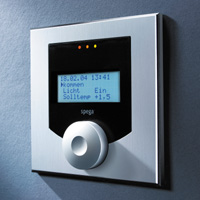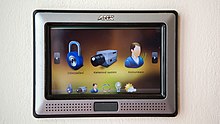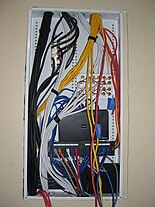In addition to residential services, Bob's Lock, Safe & Key also offers a range of automotive locksmith solutions. If you find yourself locked out of your vehicle, need a new set of car keys, or require ignition repair, the team is just a phone call away. Bob's Lock, Safe & Key is well-equipped to handle car key replacement for all vehicle makes and models, as well as other automotive locksmith needs, with the added convenience of a mobile service that can come to you at any time. When it comes to businesses, Bob's Lock, Safe & Key understands the unique security requirements of commercial properties. The company offers a wide array of commercial locksmith services, including the installation of master key systems, high-security locks, access control systems, and door and gate security services. Business owners can also rely on Bob's Lock, Safe & Key for CCTV and video surveillance systems that offer enhanced security monitoring. Whether you run a small business or manage a large commercial property, the company can design and implement tailored security solutions to meet your specific needs. In addition to these services, Bob's Lock, Safe & Key is well-known for their safe locksmith services. They provide safe installation, repair, and opening services for both personal and business use. Whether you need to secure important documents, cash, or valuable items, their team can help you choose the right safe for your needs and ensure it is functioning correctly. Bob's Lock, Safe & Key's technicians are experts at working with various types of safes, from traditional to advanced electronic models, ensuring that your valuables are safe and secure.
The company operates three convenient locations in Salt Lake City, West Valley, and South Jordan, and their mobile locksmith service extends to a wide area, including surrounding cities such as Draper, Tooele, Taylorsville, and Bountiful. This broad service area ensures that customers throughout the region can rely on Bob's Lock, Safe & Key for their locksmith needs.
Lock and Key Repair Salt Lake City - lock
- Sandy
- Salt Lake City
- Rekeying
The availability of mobile locksmith services further enhances convenience, ensuring that you don't have to wait long for help to arrive. Bob's Lock, Safe & Key's extensive experience, commitment to customer satisfaction, and broad range of locksmith services make them the ideal choice for anyone in Salt Lake City seeking professional locksmith assistance. Whether you are dealing with a lockout situation, looking to upgrade your home security, or need specialized commercial locksmith services, Bob's Lock, Safe & Key is the trusted locksmith service provider in the region. Their team's expertise, reliability, and dedication to providing top-quality solutions make them a leader in the locksmith industry.
Lock and Key Repair Salt Lake City - Draper
- Sugar House
- handyman
- Wasatch Range










